

Construction
Structured chaos
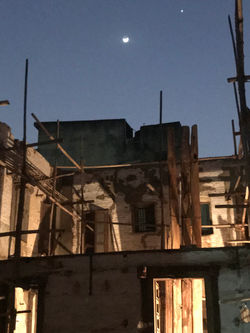 |  |  |
|---|---|---|
 |  |  |
 |  |  |
 |  |  |
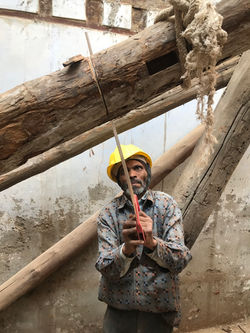 |  |  |
 |  |  |
 |  |  |
 |  |  |
 |  |  |
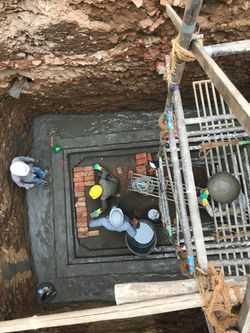 |  |  |
 | 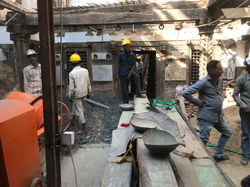 | 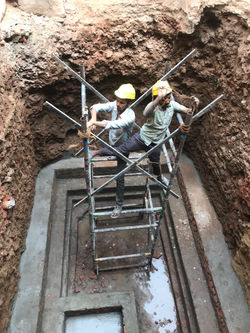 |
 |  |  |
 |  |  |
 |  |  |
 |  |  |
 |  |  |
 |  |  |
 |  |  |
 |  | 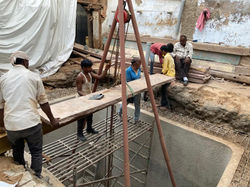 |
 |  |  |
 | 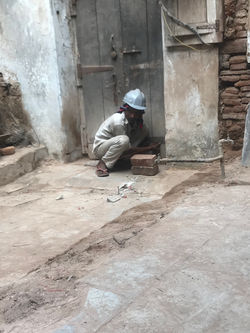 |  |
 |  |  |
 |  |  |
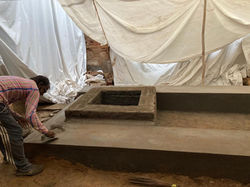 |  |  |
 | 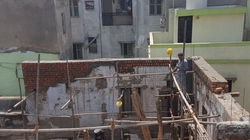 |  |
 |  |  |
 |  |  |
 |  |  |
 |  |  |
 |  |  |
 |  |  |
 |  |  |
 |  |  |
The Construction People
Sequence of Construction
Construction
The clues are all there, its just a matter of asking the right questions...or rather, getting permissions from the building.
Regarding Repairs and Restorations
Do we simply repair all the damaged parts of the building or do we improve on the existing building as we go along?
Keeping in with the spirit of the existing architecture; which at times can be a palimpsest, at times a stern old grandfather or an adventurous uncle, we chose to improve the building throughout our restoration process as such:
Step 1 - Documentation
Step 2 - Tagging and a systematized storage plan for all the damaged items.
Step 3 - Understanding the construction details.
Step 4 - Discerning the patterns and variations within the vernacular wood and masonry building types.
Step 5 - Sourcing materials to match the existing and adding new ones to further strengthen the old.
New additions
This is where things get a little tricky; however, once again the signs are given in the existing architecture in that every phase of additions and repairs done over the last 300 years show the time in which they were done.
From construction details, hardware, lighting to the decor, they all show the spirit of the time in which they were made with little regard for what came before.
That said, even though the times may change; the structure of the house with its stringent parallel walls, the climate of the place and the traditions of its inhabitants stay the same.
Therefore it can be inferred that new additions should be done with the technology of the current times while still addressing the same old issues carried over from the past.


Wood Details
Steel Details
RCC Details






































































































